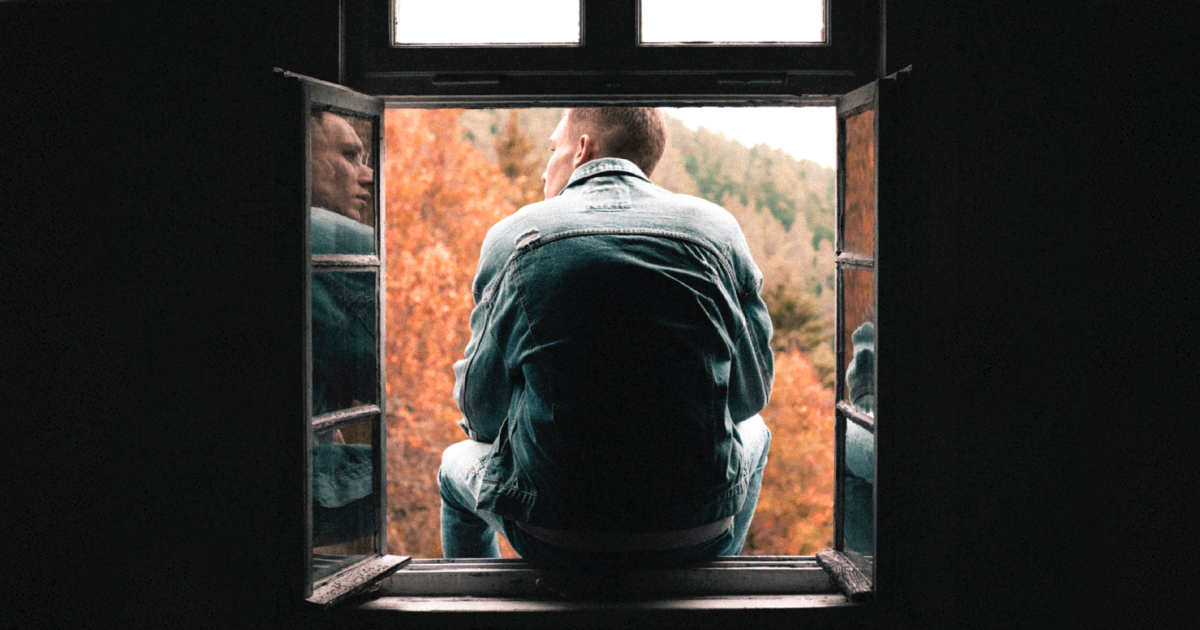 The coming months will define the next 10 years in FMCG marketing. Where do you want your brand to be?
The coming months will define the next 10 years in FMCG marketing. Where do you want your brand to be?
As a brand, knowing how to react in these unprecedented times of Covid-19 is challenging, and we’ve all seen the miss-fires so far. Rather than add to the noise right now, brands should, we believe, take a more future-facing approach that will build and secure their positions beyond the crisis. In this piece, we’re going to set that out and answer some of the big questions facing FMCG brands:
Is this a problem or an opportunity?
Should my brand be talking to, or helping, consumers in this period of isolation?
Will consumer behaviours change significantly?
What’s the common theme for change that will mark this era?
What’s the right pricing and positioning strategy for FMCG post-Covid-19?
What role will a winning brand play in the life of its consumers?
Among which segments will the behaviour changes be the most prevalent?
Should I wait and see, to assess how my consumers and competitors react before deciding my strategy?
Which digital channels and technologies should marketers embrace?
Covid-19 presents businesses with big challenges, but also an opportunity. With a future-facing strategy and positive action, they can emerge from the crisis as a loved and valued consumer brand. How?
Rather than focusing on the immediate, brands should plan for how consumers are going to engage with them as the isolation comes to an end and beyond, setting themselves on a path for success in the coming years.
To do this, they need to recognise how changing preferences and needs will influence behaviours; how they’ll drive consumers to value a tantalising mix of safe and risky solutions – from familiar to serendipitous, substantive to impermanent, and further accelerate the drive to digital across all audience groups.
Winning brands will go deep in their digital consumer journey, designing premium experiences that bring their distinct assets to just the right mindsets and moments. Eschewing being always on for being always relevant and making consumer’s lives better, not creating just more digital distractions.

Making the most of life in interesting times
Q: Is this a problem or an opportunity?
The changes in consumer behaviours, preferences and needs in response to Covid-19 are more radical than anything else encountered – at least since World War II. Where in the decade preceding the pandemic, we saw a relatively slow, gradual shift from offline to online behaviours for everything from socialising to shopping, this crisis is poised to create a deep, psychological impact worldwide that will result in profound new norms.
Much is debated about the validity of ‘generations’. Certainly gen X, millennials and now gen Z appear relatively similar when examined longitudinally by age and life-stage, factoring out the technology at their fingertips. But the Boomers, who were born in the years following WWII, and their parents (‘the Greatest Generation’) who fought and lived through the war, were entirely different for this reason.
While we don’t yet know how long we’ll need to quarantine and social distance for society to beat this pandemic, and that duration will have a significant impact on how embedded our new behaviours become, there’s no doubt that shifts have already happened which is further flattening generational demographics. Need proof? Just ask my mother (a Boomer) who, three weeks ago, couldn’t retrieve voicemails on her iPhone but now hosts family dinners on Houseparty.
Times of crisis are when we see innovation flourish. New ideas – cryptography in computing, the NHS in healthcare, for example – came out of, and after, WWII. In recent times, China’s strength in e-commerce came out of the impact of the SARS epidemic and Shopify’s user base grew exponentially during the financial crisis.
Those who truly understand changing needs will bolster their brands for the long-term. The key to identifying and unlocking these opportunities will be to understand new unmet needs, and then be agile in your approach to test and learn at pace.
A: If you play a considered, long-term game there is opportunity. Realising it will require your brand to really understand behaviour and be willing to fail fast.
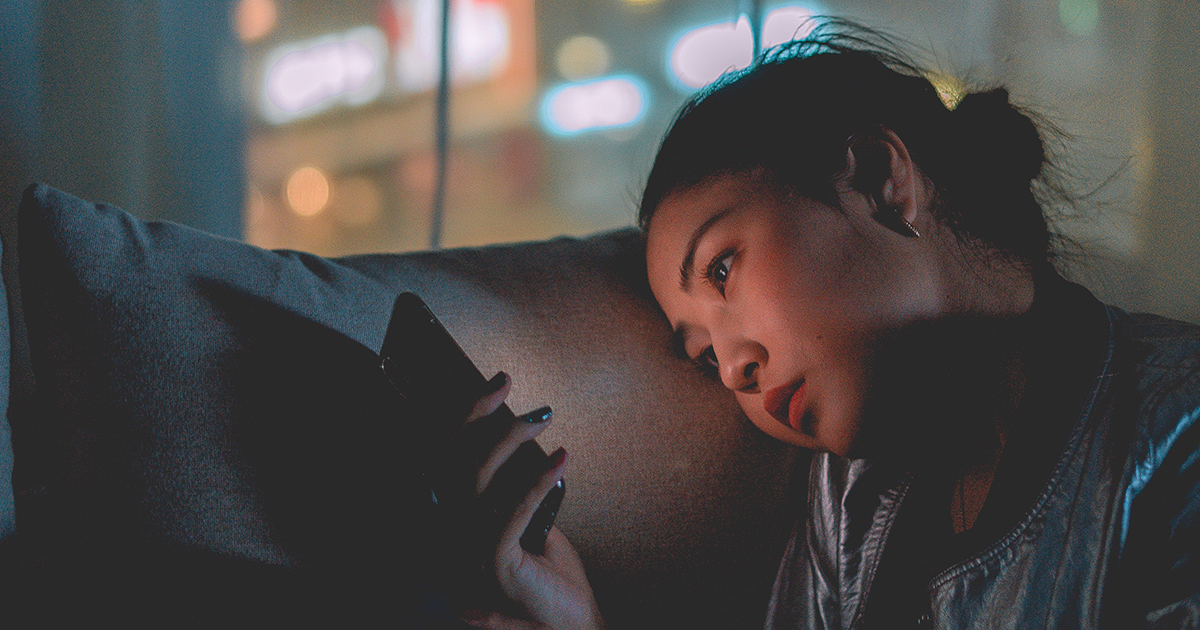
People need you to help in ways unique to your brand
Q: Should my brand be talking to, or helping, consumers in this period of isolation?
The question is not if to react to the current situation, it is when and, of course, how?
The current period of isolation will come to an end, whether that’s in weeks or months, but how gradual the transition will be is unknown. Brands that have sought to capitalise, opportunistically, or with a sense of genuine community spirit, have had a mixed response. McDonald’s separating its arches logo looked great on paper, but did nothing to help, and drew the ire of an anxious public.
We’re hearing from consumers that they’re happy for brands to show how they’re supporting their staff and communities at this time. The vast majority, though, want ‘business as usual’ and expect a brand to be relevant via their products and services – Burger King sharing the recipe for the Whopper, for example. It’s a case of not being out of step contextually with any communications, rather than radically changing course.
And definitely don’t go dark. Experience from past market downturns, particularly the global financial crisis of 2008, has taught us an important lesson – brands that go quiet during crises lose share after it. Mental availability, even when physical availability is lacking, is crucial. Holding steady – in both media and creative planning – is more important than doing anything new right now.
A: Launch ideas that provide valuable help to your community – your employees, your customers and their consumers. Make sure it’s brand relevant and dynamically planned and executed.

It’s time to embrace technologies, just like your consumers are
Q: Will consumer behaviours change significantly?
There are two ways such a cataclysmic event can affect consumer behaviours – changing actual functional needs and affecting consumer preferences; generally as a result of shifting emotional/psychological need-states.
But it’s the behaviours which are widespread and persistent that brands of scale should pay attention to. These can be wholesale changes, such as the elderly embracing e-commerce, or those that reach a tipping point, growing rapidly from niche to mass, like group video chat, for example.
Typically in technology, we see the latter – popularised by the notion of Gartner’s ‘hype curve’, which says that new technologies will be adopted following a predictable route, from hype to niche success, through cynicism and perhaps actual mass usage. Many technologies of recent years which were hyped (‘peak of inflated expectations’) and yet failed to be widely adopted (‘trough of disillusionment’), are being stress-tested en masse right now. Your grandmother on video chat – never?! Till now!
A: Now’s the time to rethink your digital strategy and revise your timeline of the adoption of many technologies. New behaviours will persist. In a few months, Covid-19 will have done more to motivate digital transformation acceleration in organisations than CEOs or COOs have managed to do in the previous decade.
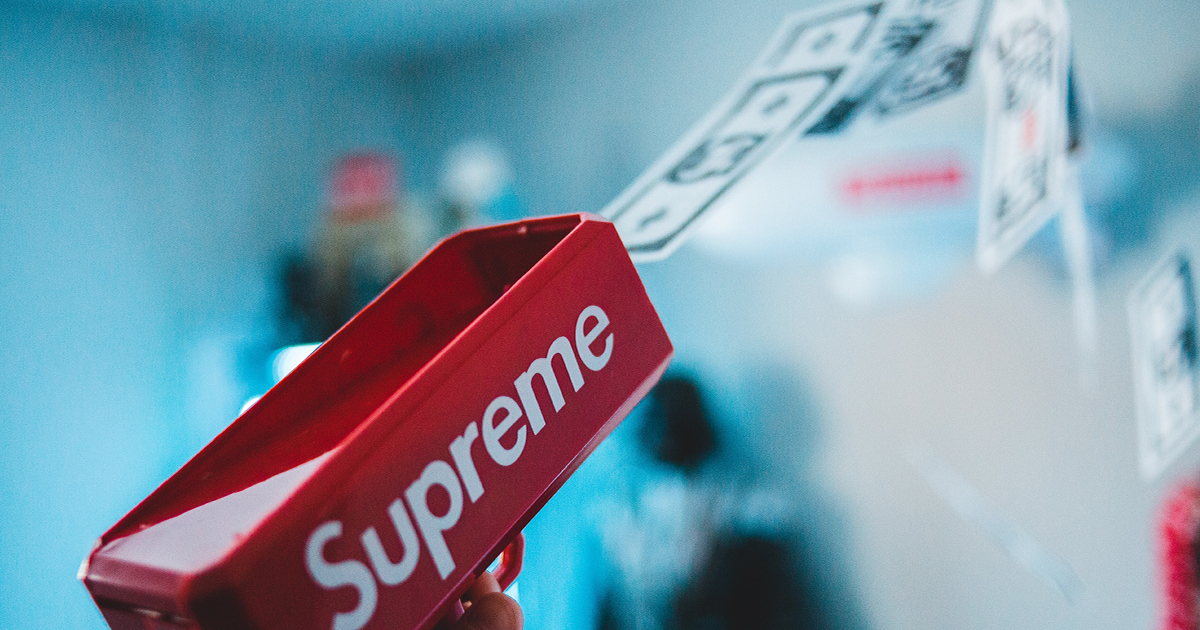
Get ready for the decade of deliberate decadence
Q: What’s the common theme for change that will mark this era?
While we’re united by isolation, meaning unprecedented change and upheaval, the actual experience is different for everyone. Some people can maintain their employment and move to working from home, others can’t. Some are juggling childcare/homeschooling with work, some face forced separation from loved ones they might ordinarily see and care for each day.
Whatever our behaviours going into this isolation, weeks, if not months, of social and resource deprivation will focus our priorities and preferences. The following, inevitable, global downturn will only serve to further focus consumers on where they spend their time and attention.
Broadly, this will mean increased tension between wants and needs. The effect we saw in supermarkets post-2008 financial crisis will be writ large across all categories. Middle-class supermarket shoppers, who previously turned their noses up at discount chains and own-label products, abruptly tightened their belts and changed where, and which labels, they bought. When they experienced the relative lack of experiential difference at the lower cost, most didn’t return.
Covid-19 adds a new experience to these financial imperatives – the lack of many general goods, luxuries and experiences. Gone without for long enough, consumers will surely question their necessity even when they are available again. Already we’re seeing gym memberships cancelled and own-label sales grow.
This reflection will set us up for a ‘decade of deliberate decadence’, where consumers, informed by this experience, will be selective about where and when they spend like never before. It will be small, but highly valued goods and experiences delivered both physically and digitally that will make occasions special and be loved beyond their monetary value.
A: Consumer preferences will be pushed to the poles, reducing spending on the staples of life, and instead spending on little luxuries and experiences where the difference is more readily felt.
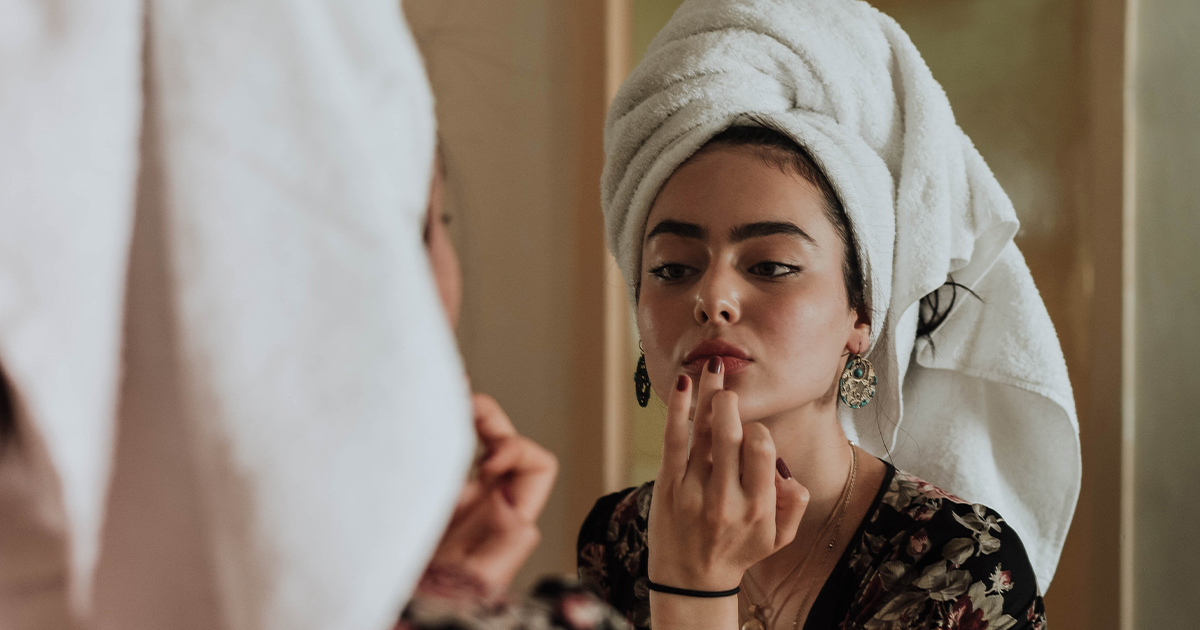
Now is the time to think like a premium brand
Q: What’s the right pricing and positioning strategy for FMCG post-Covid-19?
Looking at the evidence from supermarket shoppers post-2008 financial crisis, in times like these you don’t want to be a middle-of-the-road brand. You’ll find your consumers flocking to discount and house-brands at one end of the spectrum and premium labels at the other.
Positioning as an affordable indulgence will be the winning strategy for many FMCG products. That could mean acting entirely out of category, but not out of character.
In a world where a chocolate bar fulfills the same needs for impulse and indulgence as a massage ordered on a treat app, there are no rules, other than to focus on the need and the full customer experience. If that means building one around the product that doesn’t exist, now’s the time to build it.
A: Be more premium, become lipstick not ready-salted crisps. This means not just looking, but also acting more valuable.

The ‘safe harbour of status quo’’ vs the ‘wild seas of innovation’
Q: What role will a winning brand play in the life of its consumers?
This tension between needs and wants, polarising a consumer’s shopping decisions, will be further exacerbated by a shifting set of mindsets that will play out across their daily lives.
Consumers will ping pong between their own ups and downs, the fortunes of their employers and the world at large like never before. Catching them at the right moments and making those moments a brand occasion will be key.
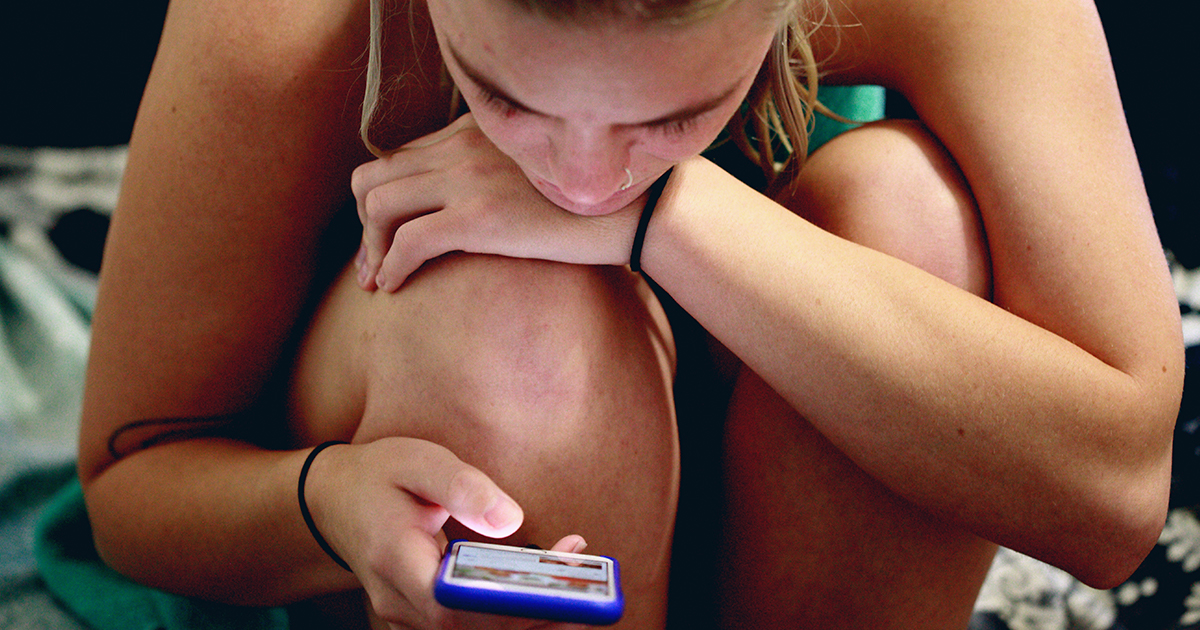
Boomers to Zoomers – necessity is your mother on WhatsApp
Q: Among which segments will the behaviour changes be the most prevalent?
Older generations have been hit the hardest by Covid-19’s mortality statistics, but also by its restrictions on movement. Because, unlike younger people, they didn’t go into this with the skills to migrate their real-world social interactions to digital channels.
But the bright light is, ‘from necessity comes Nana on WhatsApp’. Brands, and sons and daughters, have woken up to their role in helping older people embrace digital. And the elderly have finally seen them as must-have skills, not something for the grandkids. Once the domain of the youth, apps like TikTok and Houseparty are seeing massive growth with the middle-aged.
We see this across the board in terms of digital behaviours, from retirees to digitally distant middle-aged dads. From the use of memes to express themselves or provide light relief, to digital sources of news from a content perspective into channels like instant messaging and video chat, and e-commerce for shopping.
Confidence was always the primary problem, rather than skills in the strictest sense. But, having been forced to give it a go, people of all generations are becoming more sophisticated netizens.
A: Changes will be the most profound among older consumers, where the bulk of buying power for many FMCG brands lives.
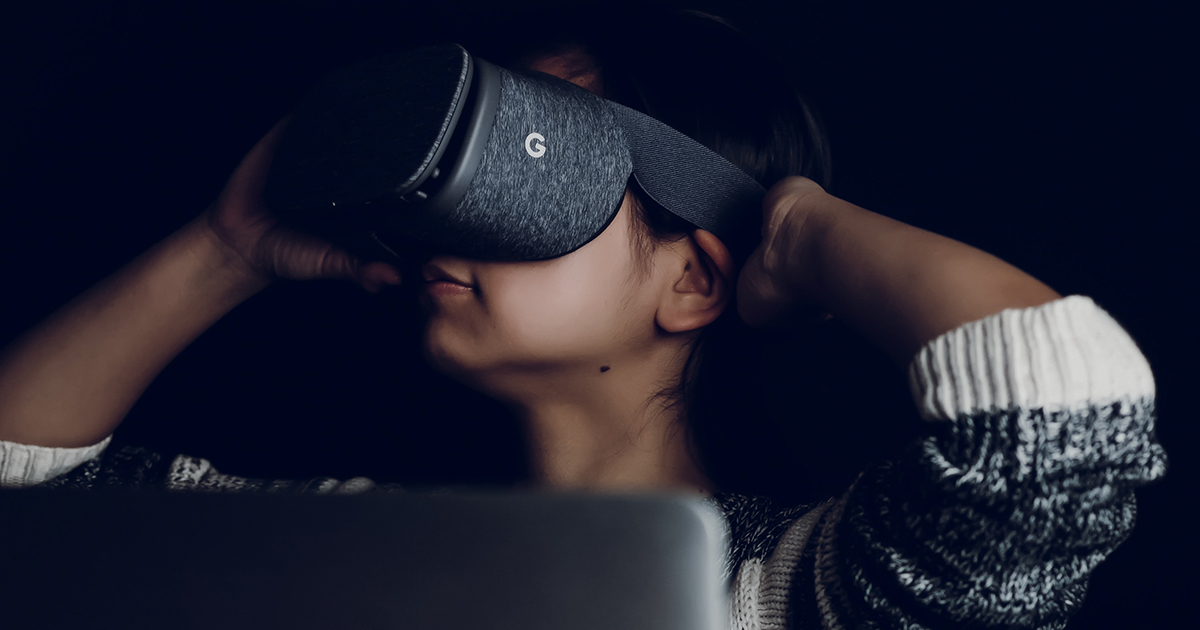
The digital renaissance is already here
Q: Which digital channels and technologies should marketers embrace?
In a world of new needs and reevaluation, where all generations are attuned to digital solutions, the platforms and technologies that succeed will be pragmatic and practical, not just shiny and new.
We’re already seeing a renaissance – digital distractions out, digital pragmatism in. Technologies that never made the cut are being re-found and relished. Virtual reality for truly immersive meetups, Massive Open Online Courses for education at a distance, 3D printing for home manufacturing and smart home tech for security and automation, for example. Students are rebuilding universities in brick-for-brick likeness in virtual reality to hang out and celebrate graduations.
Here’s what this means for the coming years:
Big platforms are back: From being on the wane due to fatigue and privacy issues, while all is not entirely forgiven, Facebook has proven itself responsible and essential in sharing news and connecting people. Slumbering niche giants like Pinterest are not just handy anymore but a key part of people’s life planning.
Mixed reality is the new reality: Virtual reality, augmented reality – whole new worlds or a layer on top of ours. The new vanguard is ‘mixed reality’ bringing the virtual world into ours in an immersive way to truly allow us to experience what/who isn’t with us.
Everything is a conversation: From chat bots, to voice assistants, all interactions that can be made more conversational will be more appreciated and engaged with.
Augmented humanity beats AI: AI that doesn’t replace humans, but augments them to make them superhuman keeps the personal touch, with the power of the platform.
Doing it live: Streaming technology is cutting through the overproduced lives of influencers and into the reality of all of our real lives. Being bold enough to let someone in to our life stream is the new intimacy for people and brands.
Enterprise tech for the everyday: From planning work projects to planning the household, once reserved for the enterprise, tech like Microsoft Teams is being repurposed and remade to help everywhere.
Digital to make the analog world better: Digital distractions are out, brands who use digital to actually help the consumers in their broader lives are in.
A: Specific apps and channels will come and go, so a marketers focus should be on identifying the current channels which are fulfilling deep needs of their consumers, not digital distractions.
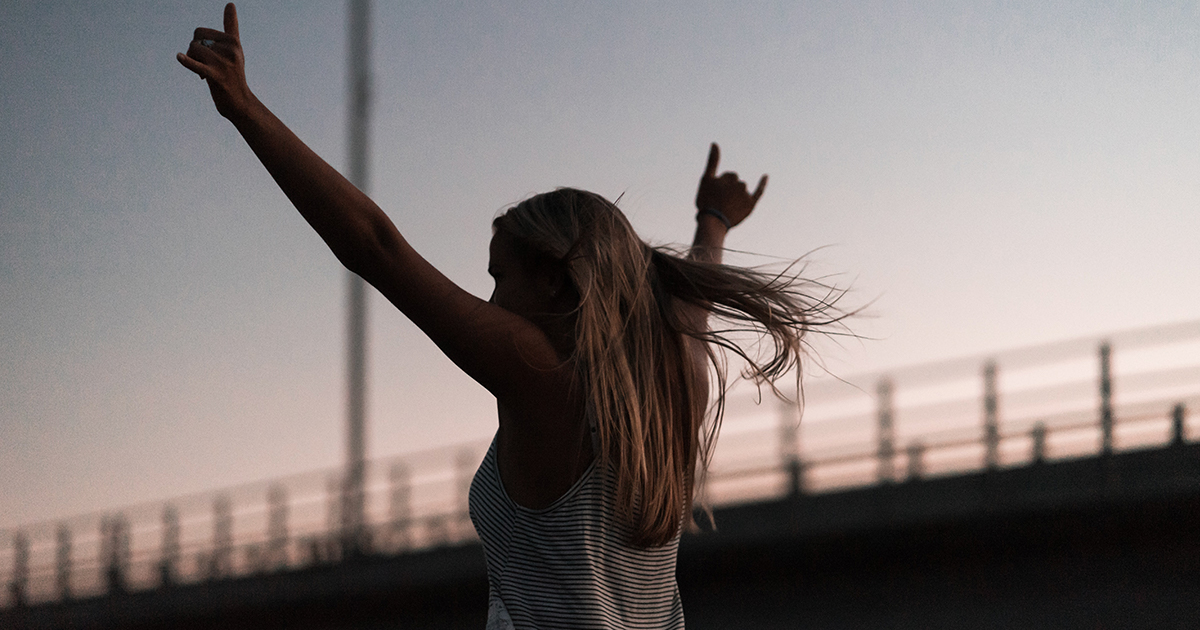
How we begin 2021 will define how we end the decade
Q: Should I wait and see, to assess how my consumers and competitors react before deciding my strategy?
Before the current crisis, artistic parallels between the 1920s and 2020s were being drawn, with collections on this year’s catwalks being influenced by fashion of the decade a century prior. That decade ended with a recession so bad we called it ‘the great depression’. In the rear-view-mirror, this decade does look like that may be its outset if not its end.
Many things are different between then and now, which will ensure the impact of Covid-19 is nowhere near as far-reaching, but brands will be made, and broken, now. Those that do well in 2021 will be those that are (still) loved by consumers in 2030.
And the key to this will be in how these brands handle the transitional period between isolation and a return to – relative – normality. Consumers could be gorging on all the goodies they missed out on, rushing around having reunions, travelling wide and far and generally not being stuck at home.
They’ll do it with trepidation, they’ll overdo it, they’ll do things they won’t do again for a long time just because they can. In doing so, they will take their new needs and preferences and evaluate favourite brands, and new ones, in this new light. Winning brands will:
Encourage re-sampling: Ensure everyone has a timely opportunity to try the product, new customer or old.
Double down on distinction: Get their key assets out there across the whole path-to-purchase.
Promote premium cues: Remind customers what makes them worth-paying-more-for. Don’t discount.
Go live in culture: Being ‘always on’ makes for wallpaper or spam. Brands who choose selectively when to go live in culture will be always relevant when needed.
Go deep on digital: Ensuring a premium digital presence across the consumer journey, for all key segments, not just gen Z and millennials.
A: How you behave as a brand in the transitional period, from isolation to free, is more important than anything you do for the full year after. Act deliberately now to win this decade. Now is the time to use digital to make the analog world better.
Here’s to the 2020s!